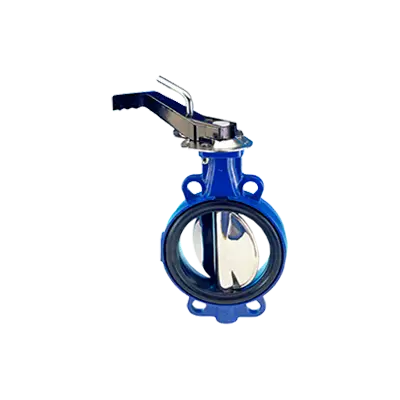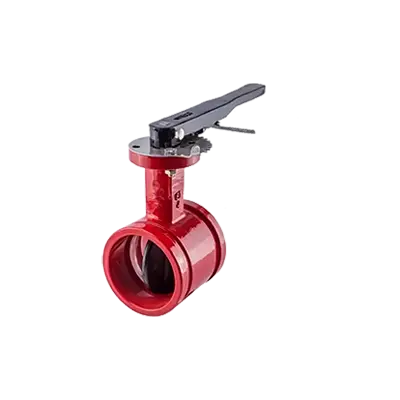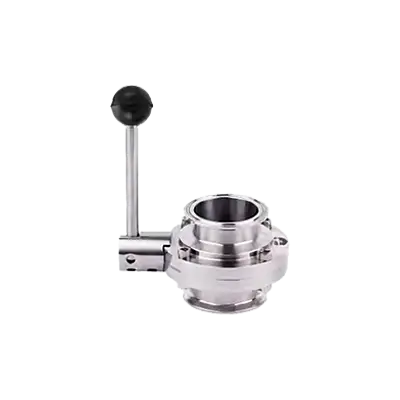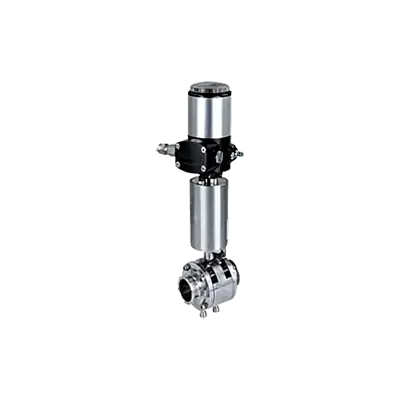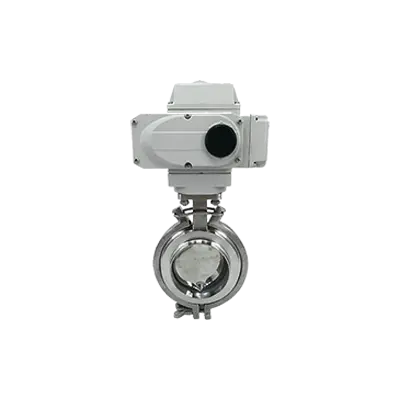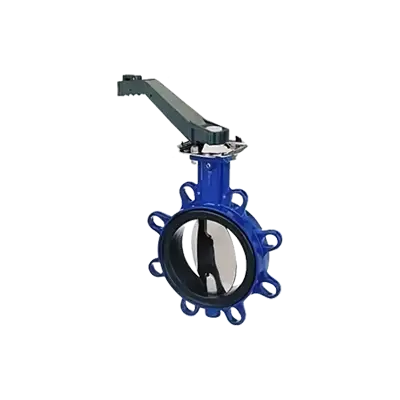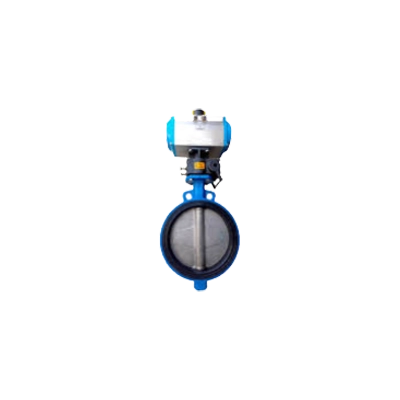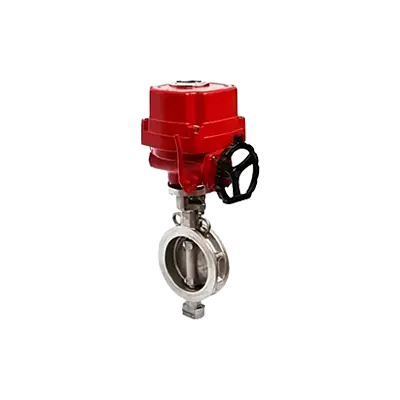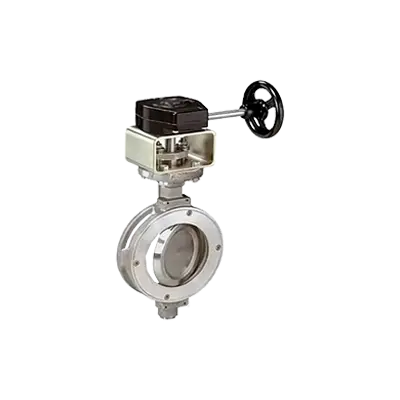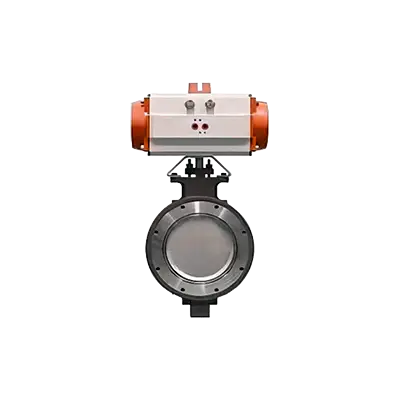Butterfly valves are widely used in various industries due to their simple design, cost-effectiveness, and efficient operation. The main applications include:
1. **Water Supply and Wastewater Treatment**: Butterfly valves are commonly used in water distribution systems and wastewater treatment plants for regulating flow and isolating sections of the system. Their ability to handle large volumes of water with minimal pressure drop makes them ideal for these applications.
2. **HVAC Systems**: In heating, ventilation, and air conditioning systems, butterfly valves control the flow of air and water. They are used in both commercial and residential buildings to manage temperature and air quality efficiently.
3. **Chemical and Petrochemical Industries**: These valves are used to handle various chemicals, including corrosive and abrasive substances. Their design allows for quick shut-off and control, which is crucial in managing the flow of hazardous materials.
4. **Oil and Gas Industry**: Butterfly valves are employed in upstream, midstream, and downstream operations. They are used in pipelines, refineries, and storage facilities to control the flow of crude oil, natural gas, and refined products.
5. **Food and Beverage Industry**: Due to their sanitary design options, butterfly valves are used in food processing and beverage production. They help maintain hygiene standards while controlling the flow of liquids and gases.
6. **Power Generation**: In power plants, butterfly valves are used in cooling water systems, fuel handling, and emissions control. Their ability to handle high temperatures and pressures makes them suitable for these demanding environments.
7. **Marine and Shipbuilding**: Butterfly valves are used in ballast systems, bilge systems, and other onboard applications due to their compact size and reliability in handling seawater.
8. **Pulp and Paper Industry**: These valves manage the flow of pulp, chemicals, and water in the production process, offering durability and resistance to wear and tear.
Overall, butterfly valves are versatile components essential for controlling flow in various industrial processes.
